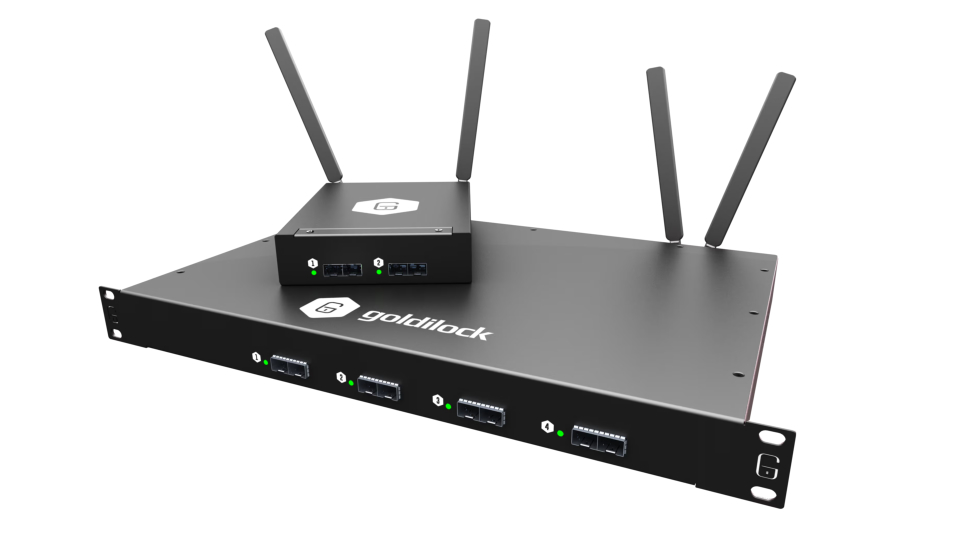Disconnect to Survive a Cyber-Attack
In an age where threats are advancing and evolving daily, the smartest move for any organisation is to be prepared to simply cut the connection.

When a wildfire tears through a forest, firefighters create a firebreak to stop its spread. When a short circuit happens in a home, a fuse or a circuit breaker instantly cuts the power. In our increasingly interconnected digital world, we need to apply the same logic. When a cyber-attack hits, the fastest and most effective way to contain the damage is often the simplest: break the link.
Unfortunately, this fundamental concept seems to have been lost. We’ve built complex, unwieldy digital environments with layers upon layers of security tools. We’ve been led to believe that complexity equals security, but the numbers tell a different story.
Cybersecurity spending across the globe has skyrocketed. In 2024, it exceeded €185 billion, a significant jump from just four years earlier. Yet, despite this massive investment, cyber-attacks are more frequent and faster than ever. A large portion of these budgets, in fact, goes to buying external tools and services, which can sometimes lead to a fragmented and less cohesive defence.
Something is clearly not working. AI-powered malware can now adapt in real time, exploiting weaknesses long before human teams can even react.
Physical Disconnection: The Ultimate Fail-Safe
Imagine having a direct, physical switch that can instantly cut off your servers, storage, and network segments from the rest of the world. This is what hardware-enforced network isolation offers. It gives operators the ability to physically disconnect key parts of their infrastructure on demand, using secure commands that exist entirely outside of the systems an attacker might target.
The strength of this approach lies in its simplicity. If a piece of malware can’t make a connection, it can’t do any damage. If a breach is detected, you can trigger this isolation in milliseconds, preventing the spread before a threat can encrypt your data, steal information, or cause financial loss.
Unlike software-based isolation, which relies on the very systems it’s meant to defend, hardware isolation cannot be tampered with remotely. There’s no IP address to exploit, no code to manipulate—just a clean, physical break.
Of course, firewalls and endpoint security are still essential components of any multi-layered defence. But they are software-based and therefore have inherent limitations. Trying to solve software-based breaches with more software isn’t always the answer. This is why physical resilience has become a crucial complement to existing measures. By adding instant, hardware-enforced disconnection, organisations gain a failsafe that works in tandem with their software defences, taking systems completely offline the moment a threat is identified.
Why Speed and Simplicity are Key
Think about a high-security research facility in Europe. An alert signals a compromised computer. In a software-only environment, this triggers a series of responses: notify the team, run a script, confirm the shutdown. Precious seconds are lost, seconds that an attacker can use to move deeper into the network.
Hardware isolation cuts that response time to milliseconds. It preserves data integrity and helps maintain regulatory compliance by stopping an incident at its source, before it can disrupt operations.
This power is particularly effective in high-stakes environments. For co-location facilities, automated isolation prevents contamination between clients. For disaster recovery sites, it allows network segments to stay completely offline until they are needed, enhancing both security and efficiency. In AI-heavy organisations, hardware isolation prevents model tampering and data exfiltration. In backup environments, selective disconnection ensures ransomware cannot corrupt critical archives.
Modern isolation technology is also vendor-neutral and integrates smoothly into existing infrastructure. There’s no need for a costly “rip-and-replace.” Think of it as installing emergency stops throughout your digital infrastructure—always ready, never in the way. Unlike security tools that need constant adjustments and updates, hardware isolation sits quietly until it’s needed, then acts decisively. This readiness ensures your most critical systems always have a guaranteed last line of defence.
The Importance of Disconnect
For too long, we’ve reacted to cybersecurity threats by adding another tool or another layer of complexity. This reactive approach has led to security teams managing a chaotic landscape rather than reducing actual risk.
Physical isolation changes the model. It forces us to ask a simple design question: how much of our infrastructure truly needs to be always connected? The rest can remain disconnected until it’s necessary, completely out of reach for attackers.
True resilience lies in knowing you can stop an attack cold, on your own terms. Hardware-enforced isolation is the digital equivalent of a firebreak or a circuit breaker—an immediate, unhackable barrier that prevents damage. This is where a perfect solution like Goldilock FireBreak comes into play. It acts as the ultimate digital circuit breaker, allowing you to instantly sever connections to critical systems with the push of a button, guaranteeing a complete and unhackable physical break.
CREAPLUS’s cybersecurity and AI experts can help organisations set the right strategy for resilience in this new landscape. We can assess your existing infrastructure, identify your most critical systems, and implement the necessary security measures, including a clear disconnect strategy using solutions like Goldilock FireBreak.

